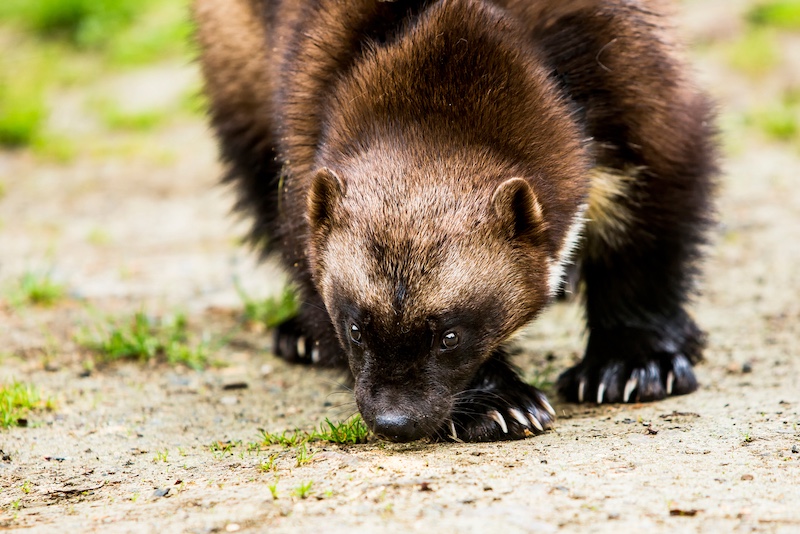When we think of dangerous animals, we usually picture sharp teeth or venomous bites. But nature has a few deadly surprises up its sleeve, some creatures can kill with just a scratch. Whether through venom, bacteria, or sheer brute force, these animals prove that a single swipe can sometimes be fatal.
Here are 10 animals that can kill with a scratch, no bite required.
Komodo Dragon
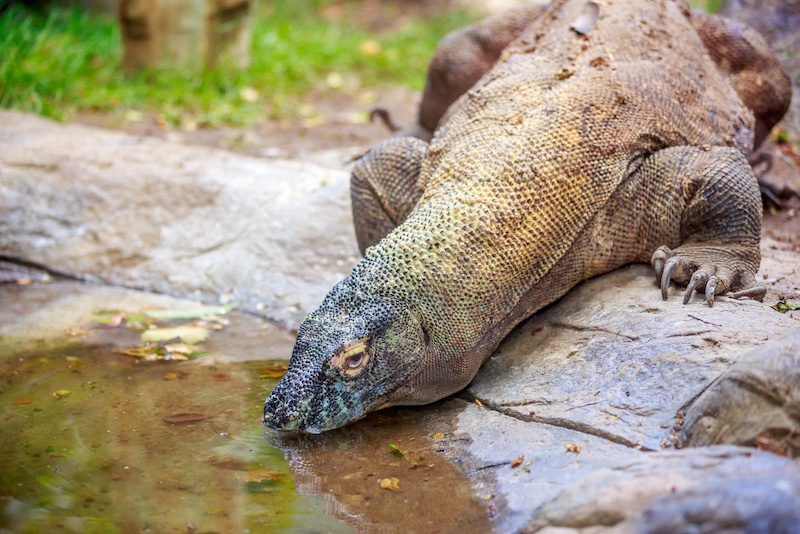
The Komodo dragon is one of the most feared reptiles on Earth, and while it’s known for its powerful jaws, its claws are just as dangerous. A swipe from a Komodo dragon’s claw can cause deep, gaping wounds. But it’s what happens after the scratch that’s even deadlier. Komodos carry a mix of over 50 strains of bacteria in their saliva and claws. Once an animal is scratched, infection often sets in rapidly. Some scientists also believe their saliva contains anticoagulants, preventing wounds from clotting and leading to fatal blood loss.
Domestic Cat (Yes, Really)

It may seem surprising, but domestic cats can cause a potentially fatal condition called cat scratch disease (CSD). Caused by the bacterium Bartonella henselae, which lives in the saliva and under the claws of many cats, this disease is usually mild but can be life-threatening in people with weakened immune systems. Symptoms can include fever, swollen lymph nodes, and, in rare cases, brain or organ involvement.
Cassowary
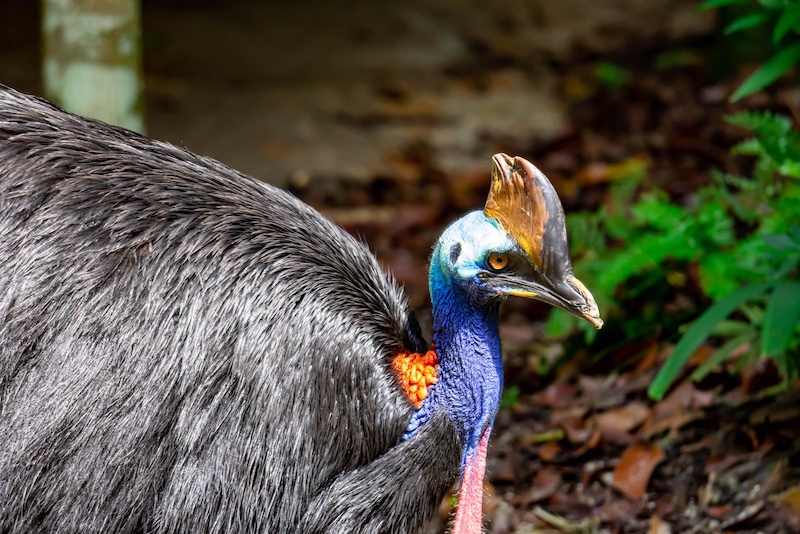
Often referred to as the world’s most dangerous bird, the cassowary is a large, flightless bird native to Australia and Papua New Guinea. It has dagger-like claws up to 5 inches long on its inner toe, which it uses for slashing. Cassowary attacks on humans are rare but can be fatal. In 2019, a Florida man was killed by his pet cassowary, highlighting just how dangerous these birds can be when threatened or provoked.
Wolverine
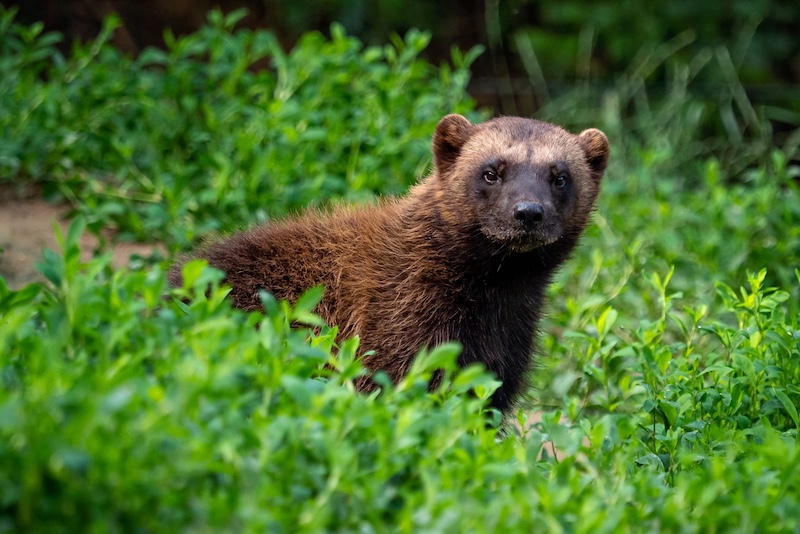
Wolverines may look like small bears, but their claws pack a punch. These muscular mustelids have curved claws designed for ripping through flesh and bone. A wolverine can take down prey much larger than itself using a combination of brute strength and razor-sharp claws. A defensive scratch from a wolverine could easily sever arteries or cause traumatic injuries that lead to death, especially in remote areas far from medical help.
Slow Loris
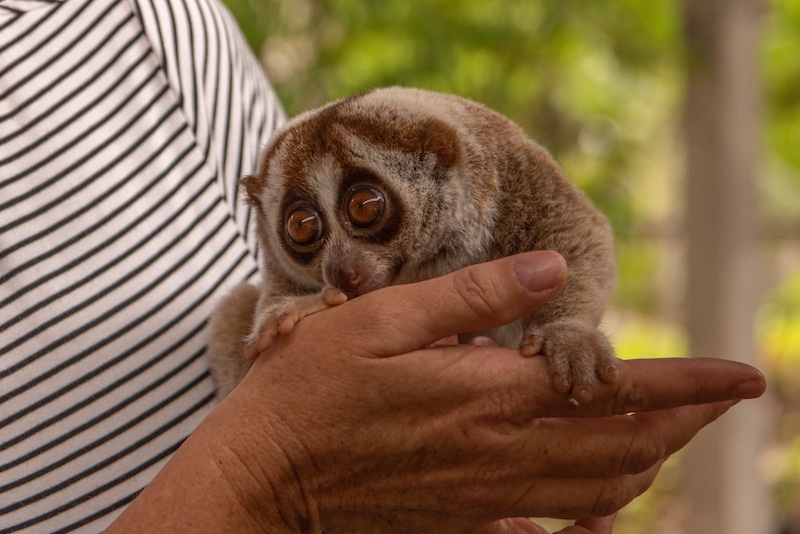
Don’t be fooled by its adorable face—the slow loris is the only venomous primate. When threatened, it raises its arms to access venom glands near its elbows, then licks the toxin onto its teeth and claws. A scratch or bite delivers the venom, which can cause intense pain, allergic reactions, or even anaphylactic shock in humans. In some documented cases, the reactions have been severe enough to require hospitalization and, without immediate care, could be fatal.
African Lion
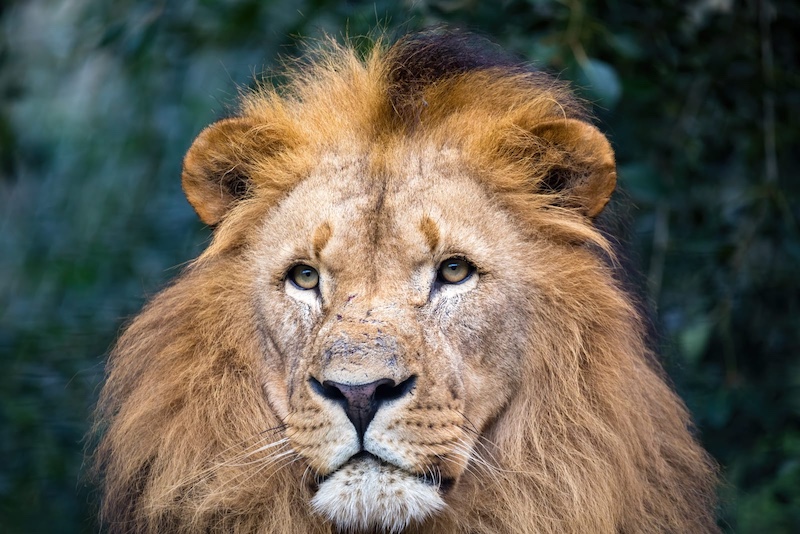
While lions typically kill with their bite, their claws are not to be underestimated. One swipe from a lion’s paw can break bones, open arteries, or tear through internal organs. In fact, lions often use their claws to pin and incapacitate prey before delivering a killing bite. In attacks on humans—often due to human-wildlife conflict or zoo incidents—the claws alone have caused fatal injuries.
Giant Anteater
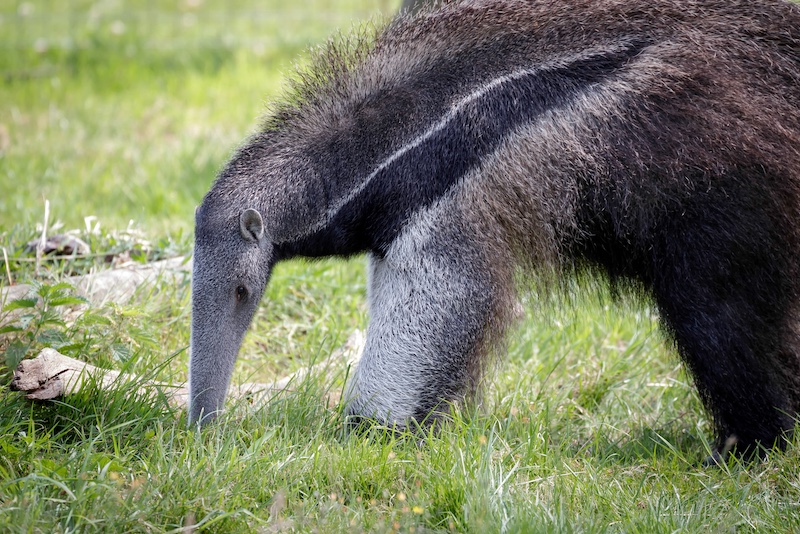
It may not look threatening, but the giant anteater has claws that can grow up to 4 inches long. These claws are used for tearing open termite mounds, but when the animal feels threatened, it stands on its hind legs and lashes out. In 2012, a man in Brazil was killed by an anteater after it pierced his femoral artery. Their defensive strikes are precise and incredibly powerful.
Harpy Eagle
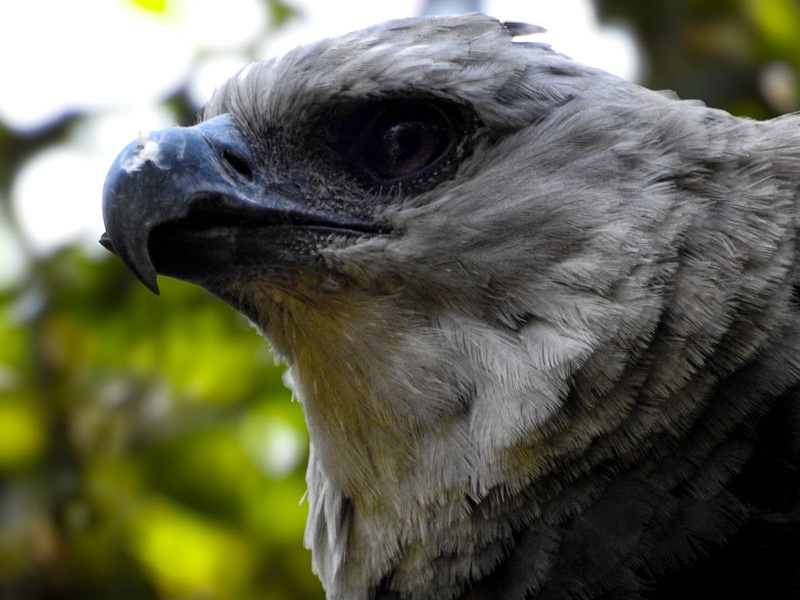
One of the largest and most powerful raptors in the world, the harpy eagle has talons that rival a grizzly bear’s claws in size—up to 5 inches long. These birds can exert pressure of up to 500 psi with their grip. While there are no confirmed fatal attacks on humans, the sheer strength of a harpy eagle’s claw swipe is more than enough to cause lethal injuries to prey or any perceived threat.
Bear
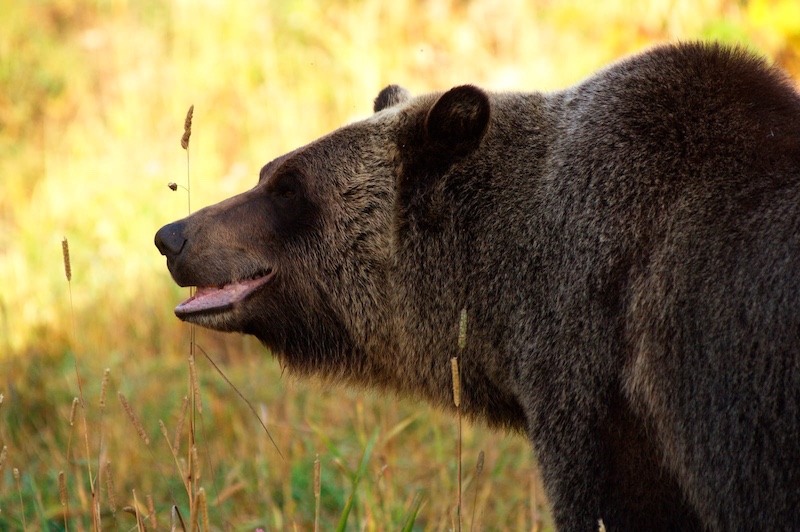
Grizzly and polar bears are apex predators known for their raw strength. Their claws, which can be up to 4 inches long, are used for digging and tearing apart carcasses—but they’re also deadly weapons. In bear attacks, victims often die from massive trauma caused by claw swipes, not just bites. One well-placed swipe can crush a skull or tear through the torso.
Sloth
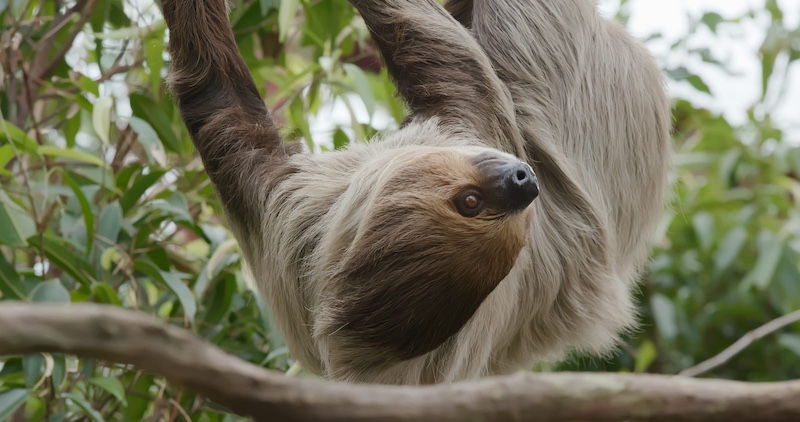
Yes, even the slow-moving sloth makes this list—specifically the three-toed sloth. While not typically aggressive, sloths have long, curved claws that can inflict deep wounds. Though they’re not venomous or especially strong, sloth scratches can lead to serious infections due to the bacteria that thrive in their fur and claws. In areas with limited medical access, untreated wounds from a sloth scratch could become dangerously infected or even fatal.
- Please Note: This content was created with the assistance of AI and thoroughly edited by a human before publishing.

